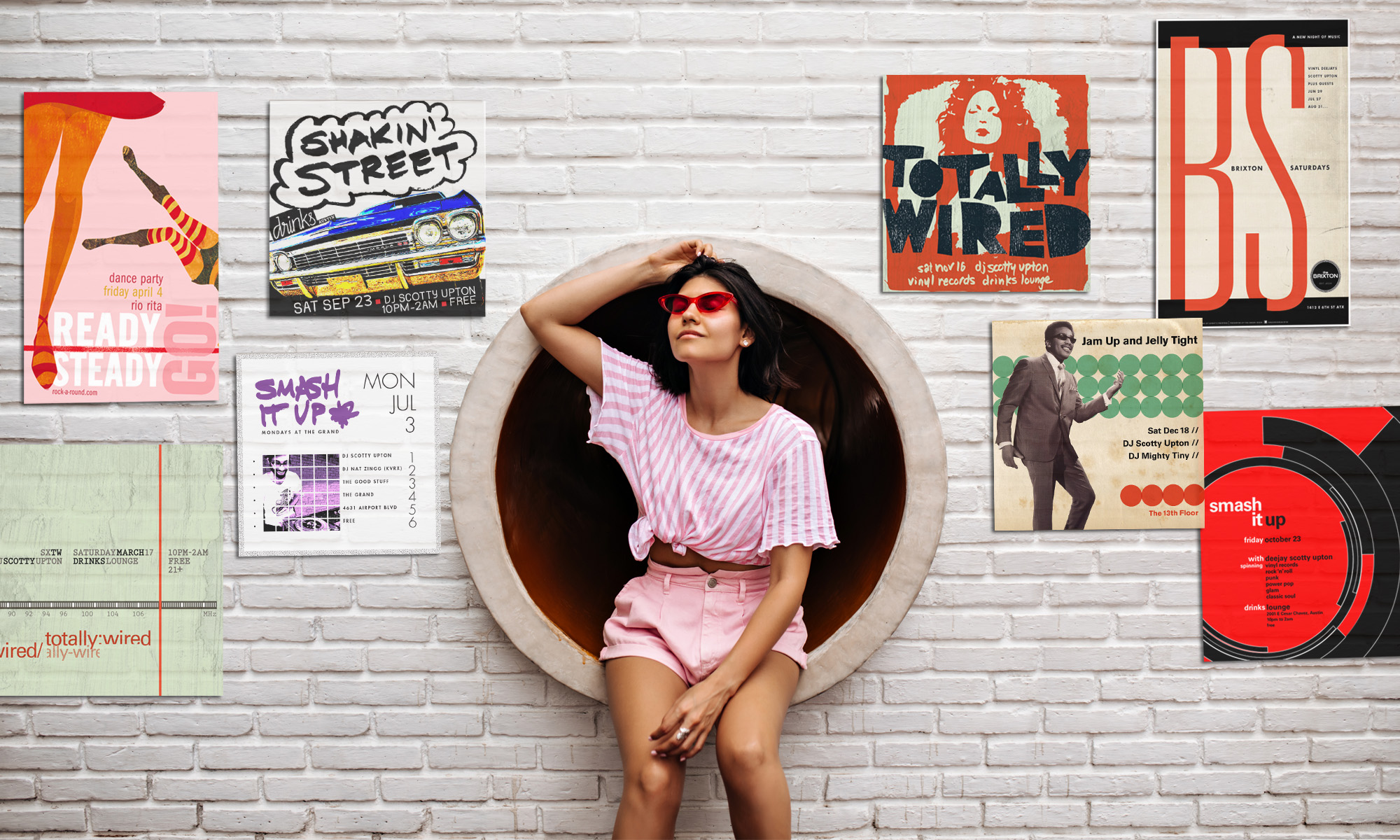 Typographic Hell. It’s not a pleasant place to be. Some of us are headed there, and we’re making others suffer along the way. But fear not: Redemption is here. In the July Issue of HOW, designer and typography junkie Jim Godfrey tells of 34 Typographic sins (download all now) and how to free yourself from their grip. Preview 7 of these unsightly sins.
Typographic Hell. It’s not a pleasant place to be. Some of us are headed there, and we’re making others suffer along the way. But fear not: Redemption is here. In the July Issue of HOW, designer and typography junkie Jim Godfrey tells of 34 Typographic sins (download all now) and how to free yourself from their grip. Preview 7 of these unsightly sins.
01 Two spaces between sentences.
Your keyboarding teacher not only taught you how to type, but also how to sin. Once upon a time, typewriters used a monospaced typeface. Since all of the letters were the same width, it became customary to add an extra space at the end of a sentence to call attention to a new sentence. This was never the practice of professional typesetters, who always used one space. (If you’re a doubting Thomas, go find an old book and see for yourself.) Since most typefaces on our computers vary in width, unsightly gaps appear if two spaces are used. Repent of this sin by using only one space.
02 Failing to align baselines of type in adjacent columns of body text.
Baselines of all columns of text on a page should align. This creates a pleasing margin of pure white space.
03 Failing to tuck periods/commas inside quotes marks.
Admittedly, this is an American convention; Europeans may do it differently, but let’s go on a typographic crusade across the pond. It will keep unsightly negative space from drawing unnecessary attention to the period or comma. By the way, punctuation such as question marks and exclamation points belong either inside the quote if they are part of the quote, or outside the quote if they are not part of it. Semicolons and colons always appear outside quotation marks.
Immoral: “I love type so much”, she confessed.
Chaste: “I love type so much,” she testified.
04 Failing to kern display type.
Nothing bellows “I’m an amateur!” quite like display type that hasn’t been properly kerned. Unseemly gaps can impede readability by distracting the reader. The kerning tables of some typefaces are great, but the human eye is divine. Adjust the spacing between letters and assuage your guilt.
05 Indenting a paragraph too far.
The standard indent for a paragraph is 1 em (the point size of the type), not half an inch. Most software has default tabs set for half an inch, creating a big hole in the text. To hide your sins, make penance by adjusting the tabs.
06 Using process colors for body text.
It’s harder to read, but more important, it’s hell to register on press. Instead, use 100% cyan or magenta (yellow? never) or spec a Pantone color. Your pressman will sing praises to your name.
07 Faux italic/oblique, bold and small cap type.
Thanks to word processors everywhere, we see type that’s hypocritical: It kind of looks italic (or bold) but it’s not. Cast out the hypocrites: Select the italic or bold version from the font menu, and if a typeface doesn’t have genuine small caps, don’t use them (the weight of the letterforms will be inconsistent and, consequently, unattractive).
Courtesy Jim Godfrey, HOW Design







